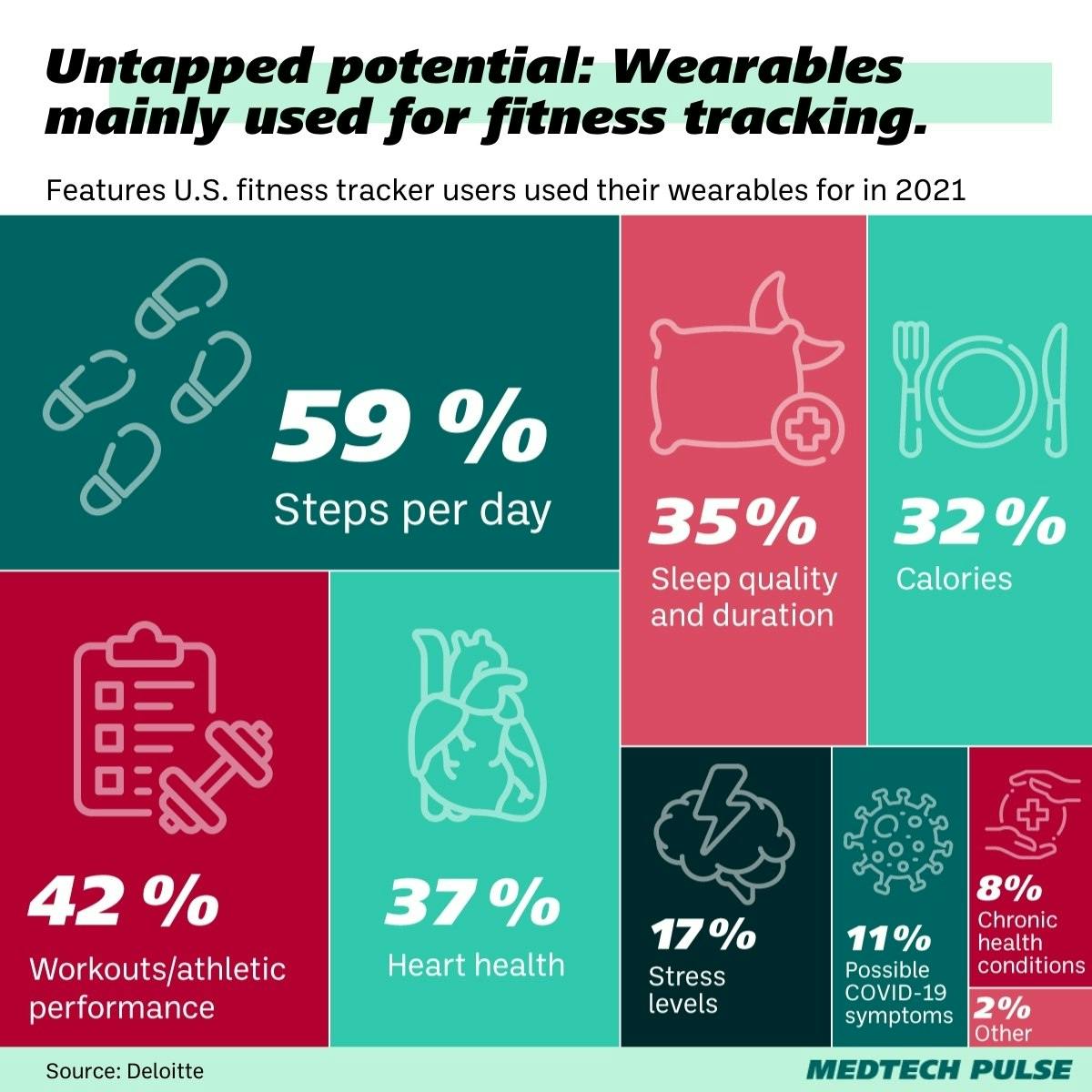A turning point for wearables
I would bet you’ve probably used—or even own—wearable tech of some sort.
But you also probably know that not all wearables are created equal. After all, can your fitness tracker help predict preterm birth?
Well, as it turns out, maybe it can.
In this exciting news story, when paired with machine learning, data from motion- and light-sensing watches worn by pregnant women throughout their pregnancies successfully predicted the likelihood of preterm births.
This is amazing news because of the preventive health implications. Think of how many lives can be saved if we can better anticipate or even prevent preterm births. If you read our last edition, you’ll remember we discussed this issue in the context of artificial wombs.
But this story is also interesting because of the data. It’s a particularly large study for wearable data—over 1000 pregnant women were followed for the duration of their pregnancies.
Today, I want to discuss the technology involved in these findings. The results suggest that the data the wearables collected—the amount, the diversity, the detail—mattered.
I see stories like this one signaling a turning point in the attitude toward wearable technology.
Granted, consumers are using wearables for a wide variety of health-tracking purposes.

But in the healthcare industry, wearables have still not been taken quite as seriously as traditional medical devices. As healthtech journalist Katie Palmer put it: “For all their potential to drive changes in health, wearables have struggled to gain a foothold in medicine.”
As medical technology enthusiasts, I believe we can sometimes be a bit blind to this attitude.
Wearables are often exciting to us because they don’t require as slow of a development process. Their classification as wellness devices means less red tape for innovators.
But at the same time, that wellness classification can carry a stigma. On the one hand, many of the less-standard wearables (i.e., beyond fitness watches) can evoke stereotypes of being an expensive tool solely for biohacking enthusiasts or serious athletes. On the other hand, while providers may recognize their usefulness, the wide variety in data quality collected by these devices can still make health professionals wary.
So where is that turning point I mentioned?
That’s where artificial intelligence comes in.
Just like in the preterm birth prediction study, we’re seeing many examples of how, when AI analysis comes in, variable prenatal data can turn into high-quality diagnostics. Just take a look at our lead insight this week on ultrasound screening AI.
Now, AI is helping us make greater sense of the abundance of wearable data. And with that, these devices’ usefulness as powerful health tools is becoming clearer—even in the peer-reviewed literature.
And of course, this trend isn’t just about reproductive health—that’s just the area we’re spotlighting this week. Wearable data collection has been shown to enhance disease tracking and detection for conditions ranging from ALS to breast cancer.
I’m inspired to see that, as an industry, we’re being forced to take wearables more seriously. And as a society, we’re seeing wearables are about more than just counting steps.
The advent of the age of medical AI is going to continue unlocking these tools’ power—for patients and researchers alike. We’d be wise to embrace them. With their help, we’ll be on our way to a more health-informed, data-rich future.
